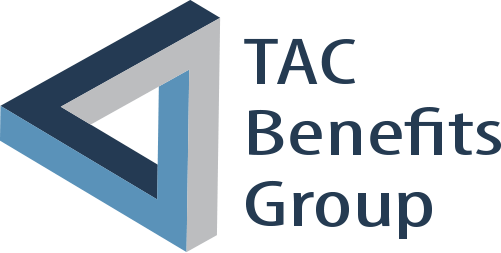After six long years of transitioning employers to the ACA, the IRS has decided that enough is enough. It’s time to get tough on compliance and begin penalizing companies that don’t follow the rules around offering employee health benefits and reporting what they are doing.
Should employers be worried? In a word, yes. The IRS is going to be stricter and fines quite literally can add up to hundreds of thousands to millions of dollars.
What has changed?
Prior to 2022, ‘good faith transition relief,’ was afforded to many companies who made mistakes in filing or employee coverage. Companies that were sent fine notices (226J letters) were given the opportunity to correct their forms and errors in ‘good faith,’ and some fines were waived.
All of that is going away, starting right now. And the first deadline is January 31, 2022.
There are two types of fines that can be levied: the first is for failing to report accurately and / or on time. The second is for failing to provide correct medical coverage for employees. Both of these issues are complicated, with no room for error. Let’s look at each.
Reporting penalties – Timely ACA filing is critical, starting in January 2022
First, it’s important to know key deadlines and requirements for filing to your employees and to the IRS. Generally, employers are required to report the following information:
- Your company EIN (employer identification number)
- TINs (Individual taxpayer identification numbers)
- Addresses of employee
- Names of employee’s dependents covered
- The months of coverage for employee and their dependents
- Type of insurance provided
Starting now, employers will be fined for failure to file, filing late and for filing incorrectly.
| Deadlines | January 31, 2022 | February 28, 2022 | March 31, 2022 |
| Form | 1095-B or 1095-C | 1094-B with copies of 1095-Bs Or 1094-C with copies of 1095-Cs | E-file to the IRS |
| Penalties | Up to $280 per form for each FTE up to $3.3MM Penalty for failure to provide the form to employees on time, or if forms are incorrect/incomplete | Up to $280 per form for each FTE up to $3.3MM Failure to file the required forms with the IRS | Up to $280 per form for each FTE up to $3.3MM Failure to file the required forms with the IRS |
| Details | These forms are distributed to every individual employee and show the type and timeframe of coverage offered, and the names of those covered by the insurance policy. 1095-Bs are for employers who have self-funded plans. 1095-Cs are for ALEs (Applicable Large Employers). | Employers must provide the IRS with paper copies of the 1095s they provided to employees along with a transmittal form. Important: The IRS is proposing that starting in 2022, the paper filings no longer apply to employers who file 250 or more information returns. | Employers must provide the IRS with electronic copies of the 1095s they provided to employees along with a transmittal form. The IRS encourages you to file electronically even though you are filing fewer than 250 returns. |
Employee health insurance affordability threshold – a larger burden for employers
The Affordable Care Act requires employers of a certain size to comply with Employer Shared Responsibility (ESR). These companies are called ALEs (Applicable Large Employers) and generally have an average of 50 or more full-time employees. ALE status is based on the average size of your workforce from the previous year.
There are two provisions for ALEs. These companies must offer coverage to 95% of full-time employees. Second, it must be affordable, minimum value coverage (MVC).
Keeping track of who is offered coverage requires a very thorough and seamless process. It is especially difficult for companies that have large hourly, transient or seasonal workforces.
What does affordability look like? Employers cannot charge employees more than a certain percentage of their annual household income for health insurance. Complicating matters is that the affordability percentage changes every year. For 2021 it was 9.83% and for 2022, employers can only charge 9.6% of income. Payroll systems need to take these changes into account.
There is no doubt that Employer Shared Responsibility is difficult both from an administrative and an affordability standpoint. And while keeping plans affordable is becoming more difficult, penalties for noncompliance are increasing as well.
2021 Tax Year ESR Penalties
| Penalty A | Failure to provide coverage to 95% of employees | $2,750 multiplied by all full time employees (begins after 30 employees) |
| Penalty B |
Failure to provide affordable, minimum value coverage | $4,120 multiplied by each full time employee receiving a subsidies on the open market |
This year, employers should expect more oversight and more correspondence from the IRS and know that it is going to be more difficult to stay in compliance with the ACA. If you have a broker, we recommend talking to them for guidance to ensure your tracking systems and reporting is all in order because the IRS means business when it comes to ACA compliance and levying penalties.


